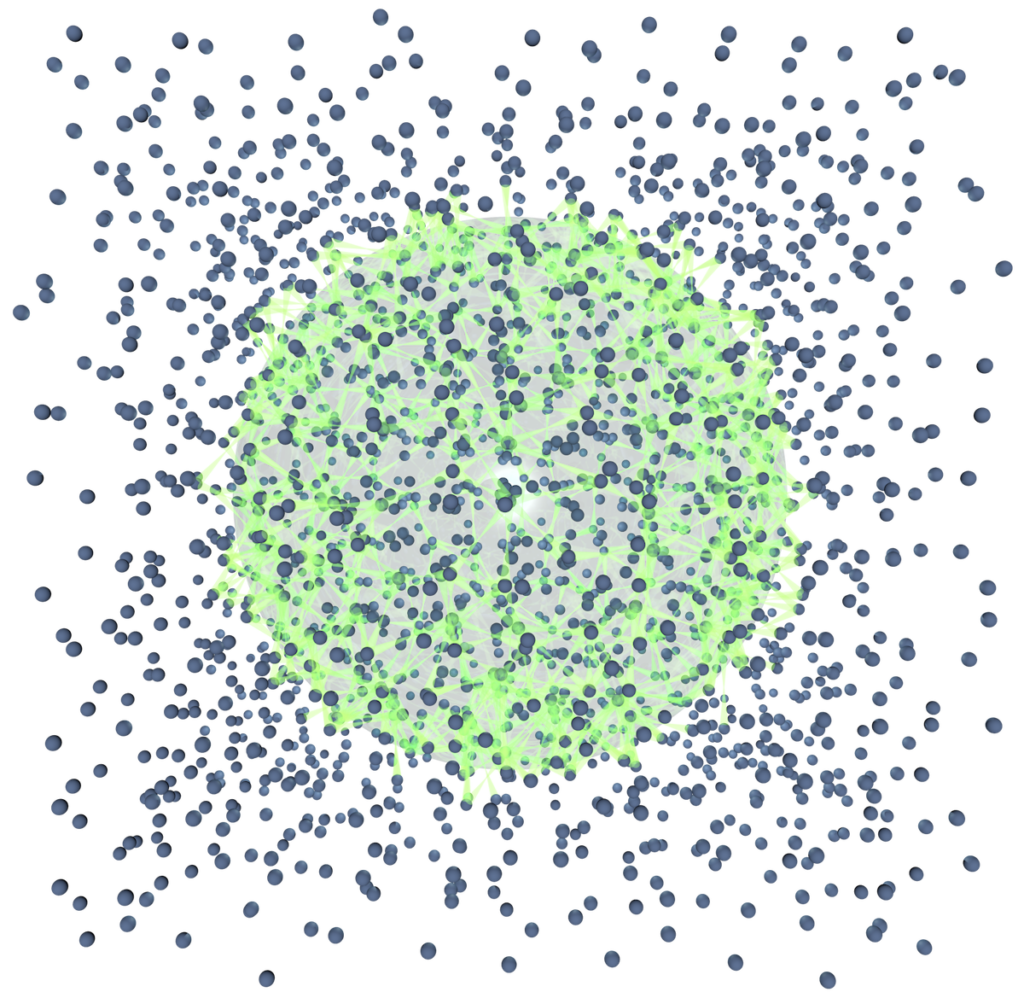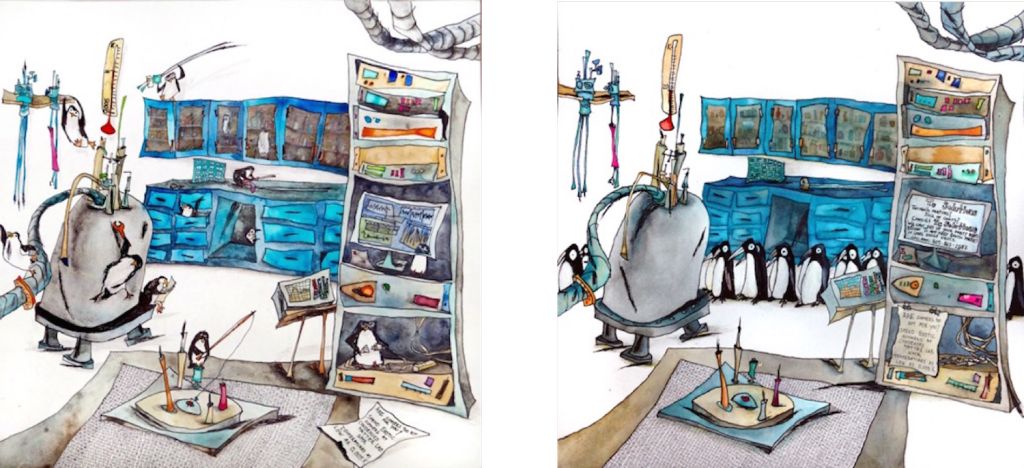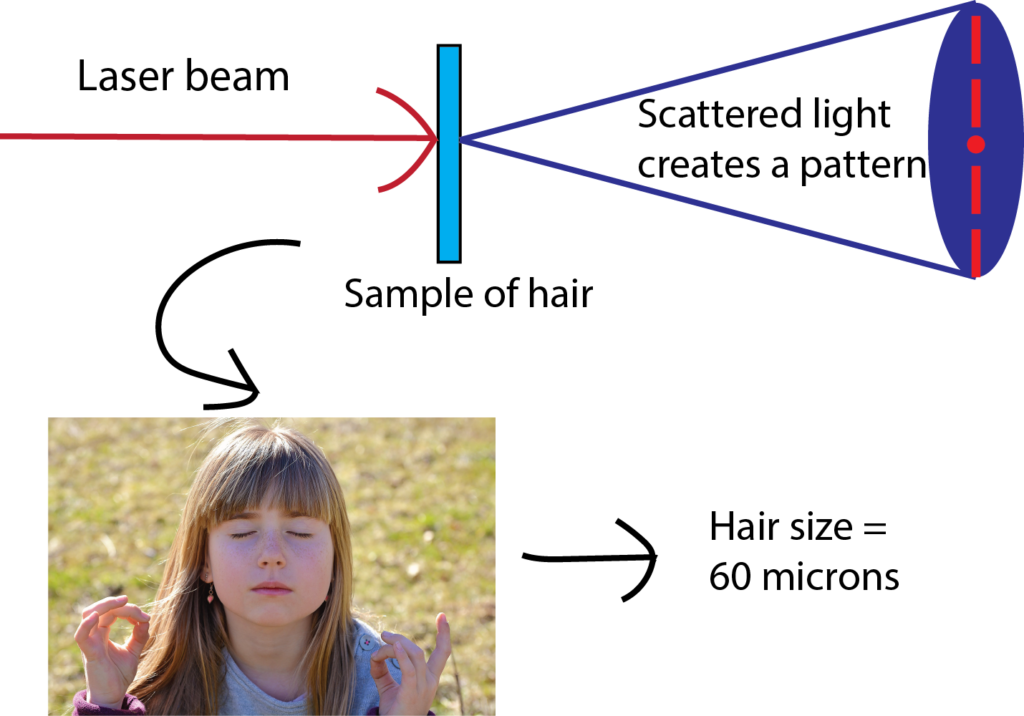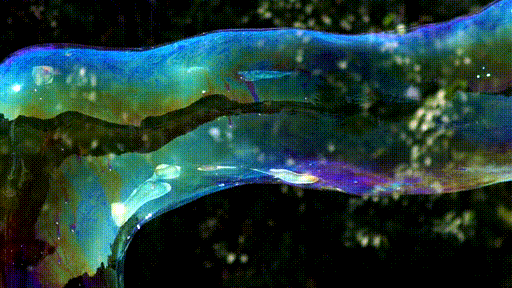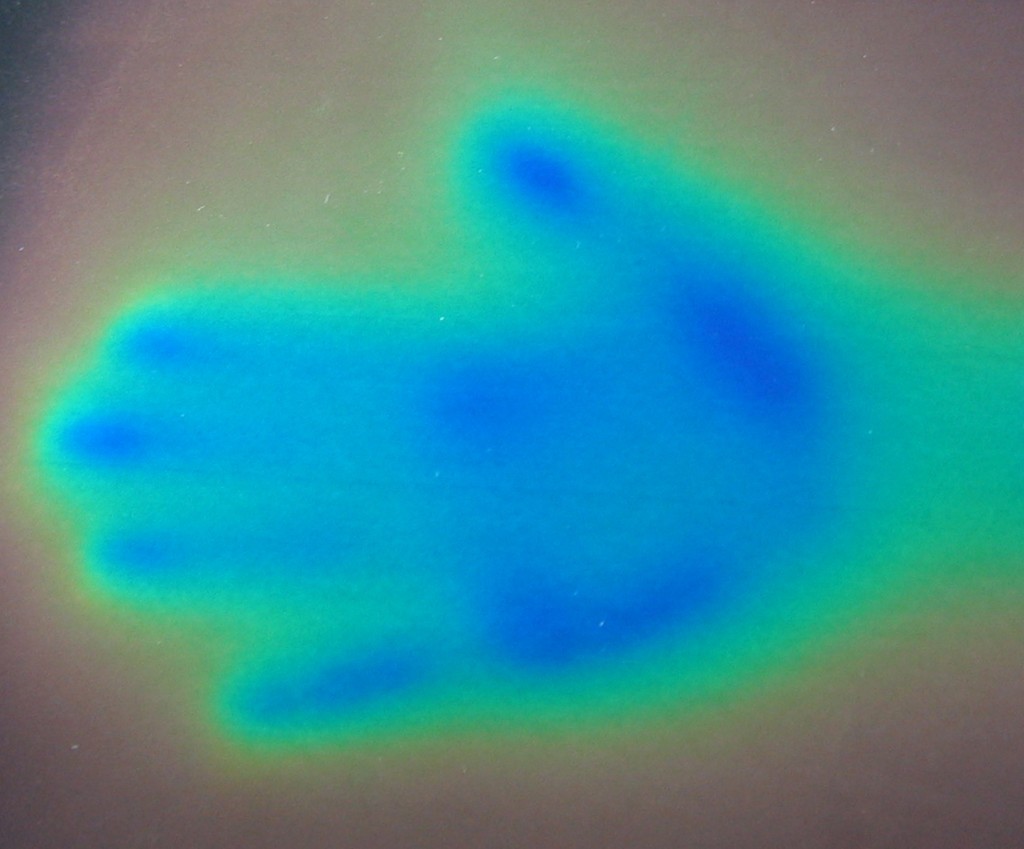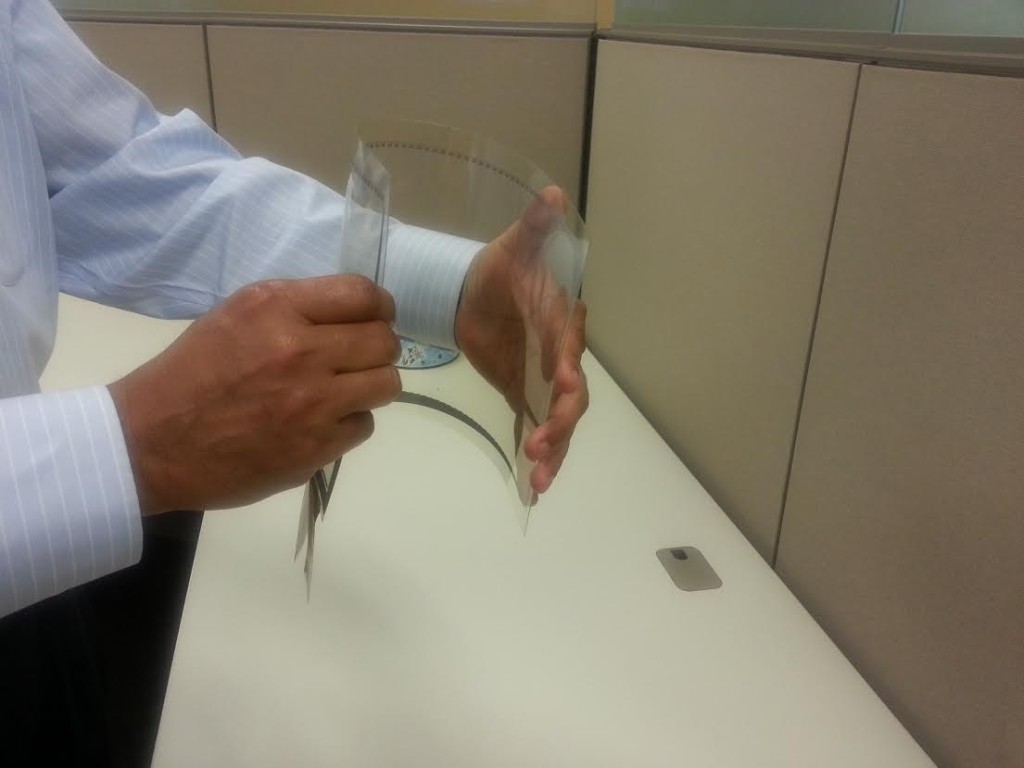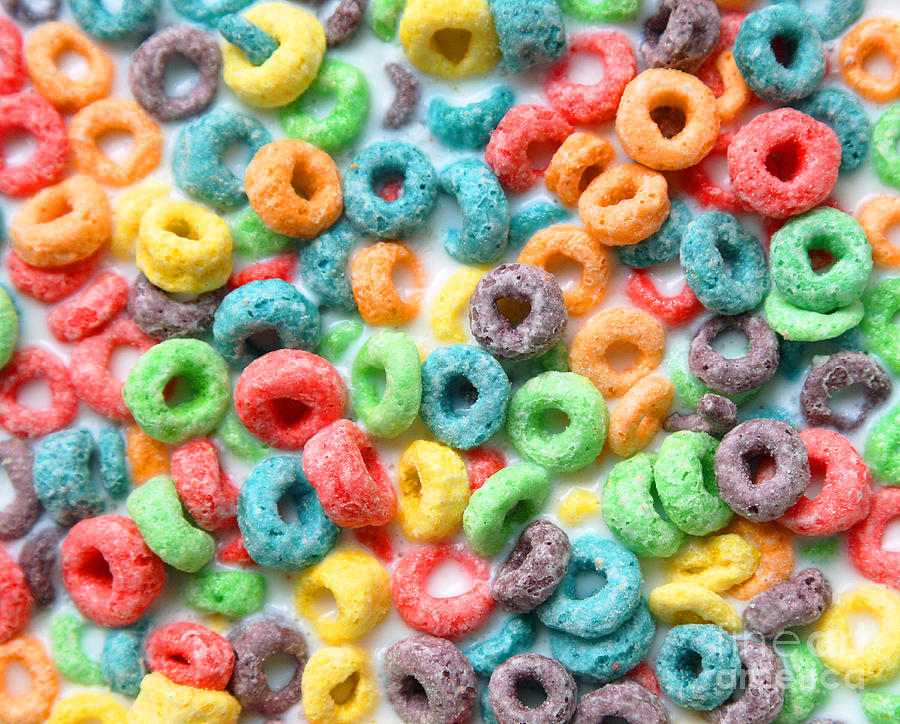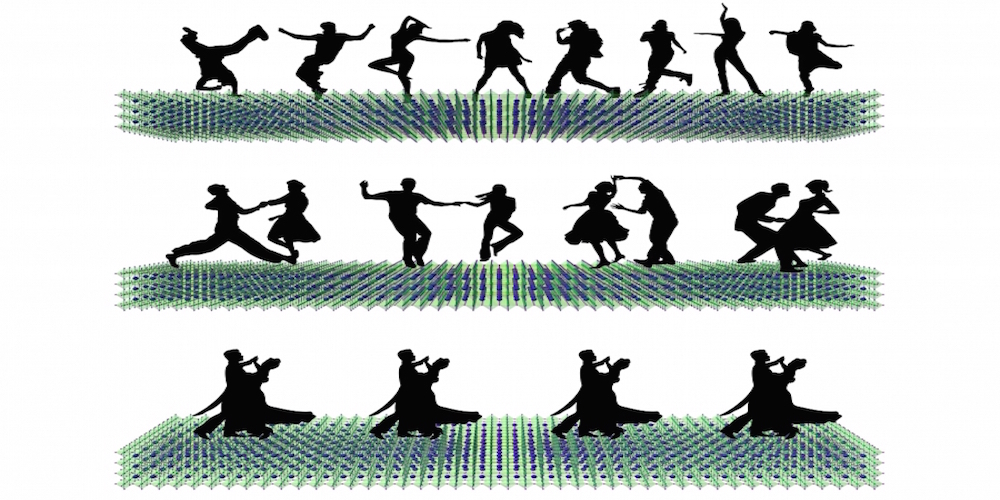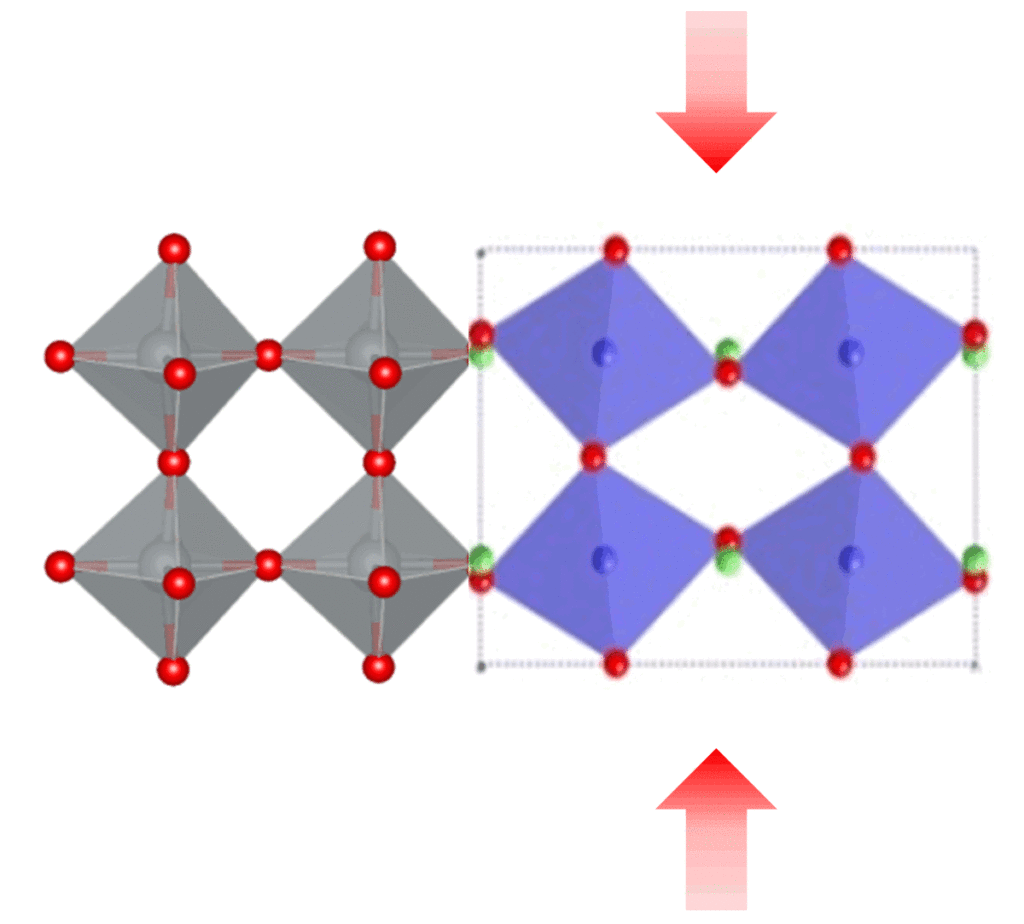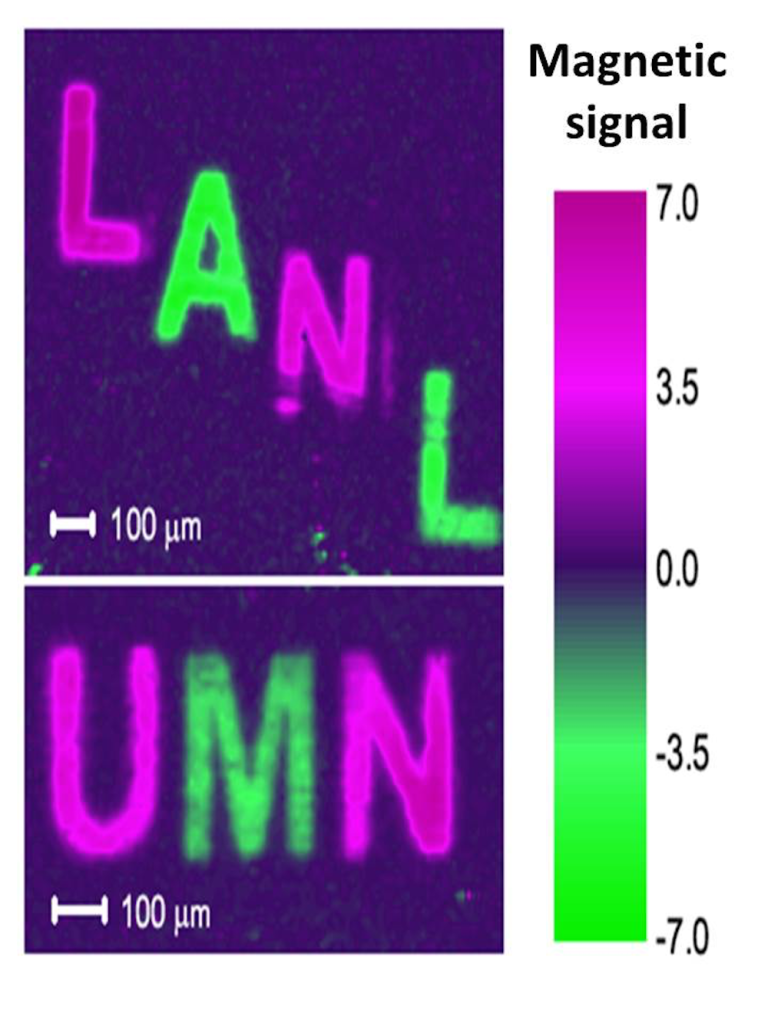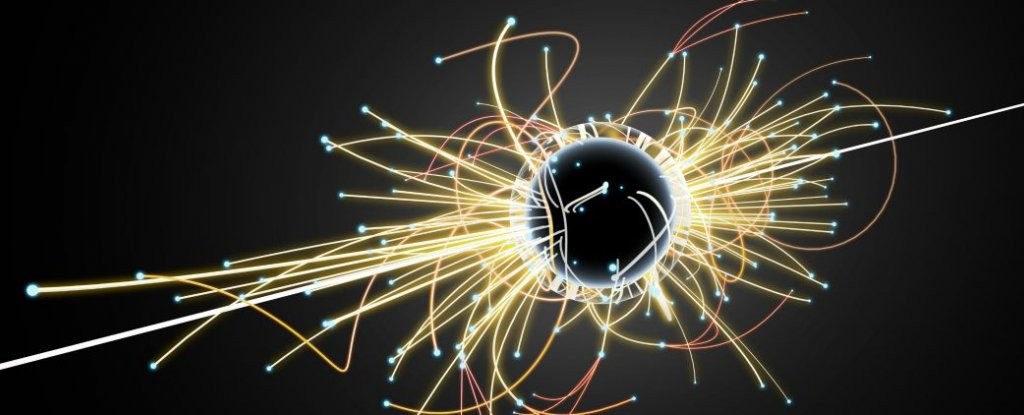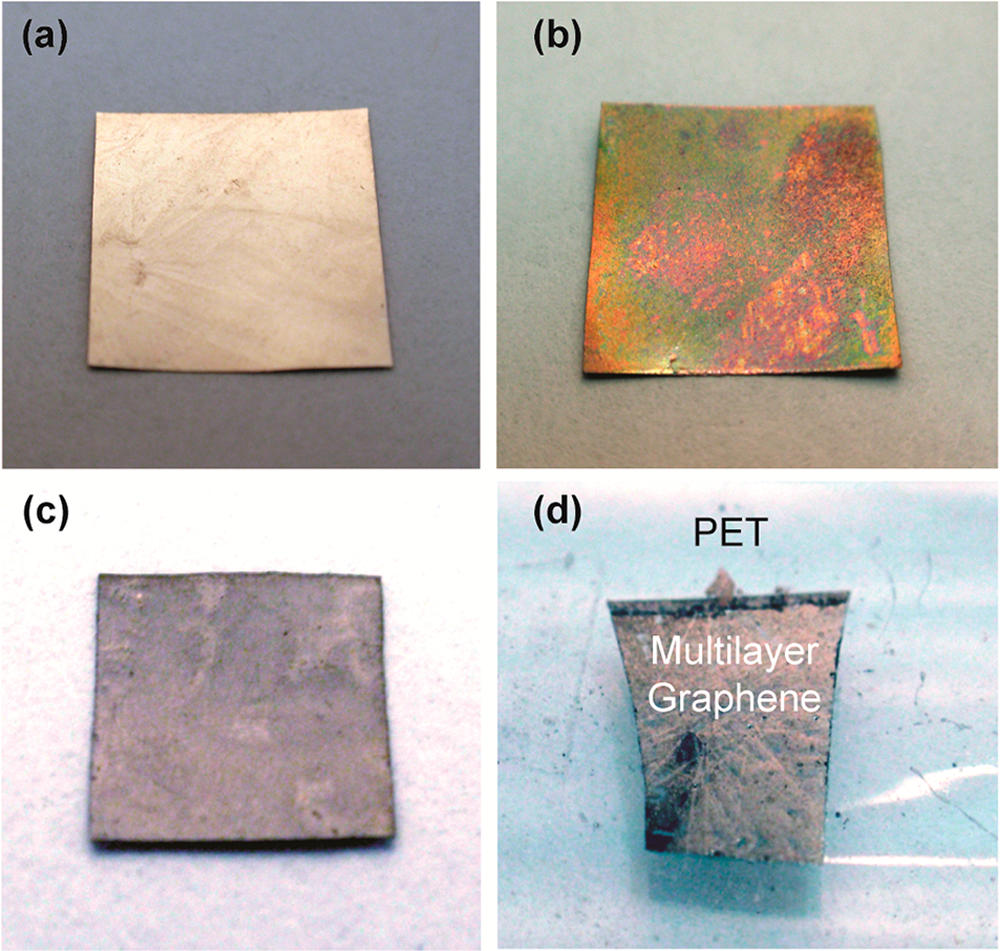ALL POSTS
Real, live scientists sharing cutting-edge research and related classroom activities.
Superfluid helium and black holes
At low temperatures, helium—the same substance that makes balloons float—becomes a special type of liquid known as a superfluid, which has zero viscosity. It's like the anti-molasses! The properties of superfluids are governed by the laws of quantum mechanics. More specifically, the atoms in superfluid helium are “entangled” with each other, allowing them to share information and influence each other’s behavior in ways that are totally foreign to our everyday experience, and which Einstein famously described as "spooky action at a distance." Better still, scientists have recently discovered that the law controlling entanglement between different parts of a helium superfluid is the same as that governing the exotic behavior of black holes in outer space.


Carbon Onions
Carbon-based nanostructures are among the most intensely studied systems in nanotechnology. Potential practical applications span the fields of medicine, consumer electronics, and hydrogen storage, and they could even be used to develop a space elevator. A research team at the University of Northern Iowa is probing the properties of multilayered carbon nanostructures known as "carbon onions."


Gravity for photons
Inside solids, the properties of photons can be altered in ways that create a kind of "artificial gravity" that affects light. Researchers at the University of Pittsburgh tracked photons with a streak camera and found that whey they enter a solid-state structure, they act just like a ball being thrown in the air: they slow down as they move up, come to a momentary stop, and fall back the other way. Studying this "slow reflection" will allow us to manipulate light's behavior, including its speed and direction, with potential applications in telecommunications and quantum computing technologies.


Heat Flow and Quantum Oscillators
Materials that are absolutely perfect—in other words, materials that contain no defect of any kind—are usually not very interesting. Imagine being married to a saint: you would quickly be bored out of your mind! Defects and impurities can considerably change many properties of materials in ways that allow a wide range of applications.


Use a laser pointer to measure the thickness of your hair!
Have you ever wondered how scientists can accurately measure the size of very small objects like molecules, nanoparticles, and parts of cells? Scientists are continually finding new ways to do this, and one powerful tool they use is light scattering. When an incoming beam of light hits an object, the light "scatters," or breaks into separate streams that form different patterns depending on the size of the object. This incoming light might be visible light, like the light we see from the sun, or it might be higher-energy light like X-rays. The light from commercial laser pointers, it turns out, is perfectly suited to measure the size of a human hair!


How to Make a Giant Bubble
For the past two decades, giant bubble enthusiasts have been creating soap film bubbles of ever-increasing volumes. As of 2020, the world record for a free-floating soap bubble stands at 96.27 cubic meters, a volume equal to about 25,000 U.S. gallons! For a spherical bubble, this corresponds to a diameter of more than 18 feet and a surface area of over 1,000 square feet. How are such large films created and how do they remain stable? What is the secret to giant bubble juice? Click to find out more!


Superpowers of Liquid Crystals
It's a solid . . . it's a liquid . . . it's a LIQUID CRYSTAL! Researchers at the University of Wisconsin-Madison Materials Research Science and Engineering Center are investigating how the unique properties of liquid crystals allow them to act as environmental sensors, detecting toxins in the environment. In this video, we give a brief overview of what liquid crystals are and how their properties can be utilized to improve the world.


Use Light to Turn Your World Upside-Down!
We can easily observe light with our eyes, and so it is one of the most familiar parts of the world around us. And yet, light often does amazing and unexpected things. Light travels in straight lines from the source to our eyes. This fact allows us to understand many of the cool things that light can do. In this lesson, we will observe how light creates mirages and shadows. And we will build a pinhole camera which makes things appear upside-down. We can understand the upside-down images by thinking about the straight line that the light took from the object to the screen.


Spin cant? Spin CAN!
In most magnetic materials, the magnetic moments of individual atoms are aligned parallel to one another and point in the same direction. In special structures called skyrmions and antiskyrmions, however, they are arranged in a spiraling pattern. Their stability and compact size makes skyrmions and antiskyrmions especially useful for encoding lots of data in a small space. But a few questions need to be answered before skyrmion-based technology can be used in your iPhone or other memory devices. First, why do these magnetic structures form in some materials and not others? How can we design a system where they will form? And how can we generate these structures on demand? Click to find out!


The Shape of the Future
There are many ways atoms can arrange microscopically to form crystalline materials. Interestingly, materials created from different arrangements of the same atoms may exhibit completely different physical and chemical properties. A method called thin film epitaxy allows scientists not only to fine-tune the properties of known materials, but also to generate completely new materials with structures and properties not found in nature.


Froot Loops, Legos, and Self-Assembly
Self-assembly is the process by which individual building blocks—at the smallest level, atoms—spontaneously form larger structures. The structures they form depend on the size and shape of the building blocks, and on the conditions to which these building blocks are exposed. This can be demonstrated quite simply using breakfast cereal, or for more complex cases using specially prepared Legos.


Swing-Dancing Electron Pairs
Superconductors are materials that permit electrical current to flow without energy loss. Their amazing properties form the basis for MRI (magnetic resonance imaging) devices and high-speed maglev trains, as well as emerging technologies such as quantum computers. At the heart of all superconductors is the bunching of electrons into pairs. Click the image to learn more about the "dancing" behavior of these electron pairs!


Straining for More Stable Memory
Would you rather have data storage that is compact or reliable? Both, of course! Digital electronic devices like hard drives rely on magnetic memory to store data, encoding information as “0”s and “1”s that correspond to the direction of the magnetic moment, or spin, of atoms in individual bits of material. For magnetic memory to work, the magnetization should not change until the data is erased or rewritten. Unfortunately, some magnetic materials that are promising for high density storage have low data stability, which can be improved by squeezing or stretching the crystal structures of magnetic memory materials, enhancing a material property called magnetic anisotropy.


This photon walks into a crystal . . .
When light strikes a material, electrons may be ejected from the material. This is called the photoelectric effect, and it’s the basis for many different technologies that convert light energy into electrical energy to generate current. In addition, the photoelectric effect is useful to scientists studying novel materials.


Make 21st-Century Wonder Material Graphene Cheaply and Easily in the Classroom!
Graphene is a two-dimensional material made from a single sheet of atoms, with outstanding mechanical, electronic, and thermal properties. It is a promising candidate to enable next-generation technologies in a wide range of fields, including electronics, energy, and medicine. This economical, safe, and simple lab activity allows students to make graphene via chemical vapor deposition in 30–45 minutes in a classroom setting.


Molecular Light Switch
A bit of stray moisture during an experiment tipped off scientists about the strange behavior of a complex oxide material they were studying—shedding light on its potential for improving chemical sensors, computing and information storage. In the presence of a water molecule on its surface, the layered material emits ultraviolet light from its interior.


Fluid Dynamics of Paper Making
Measurements of the three-dimensional motion of fibers in turbulent fluid flow are helping us understand the multiphase flows involved in making paper.





